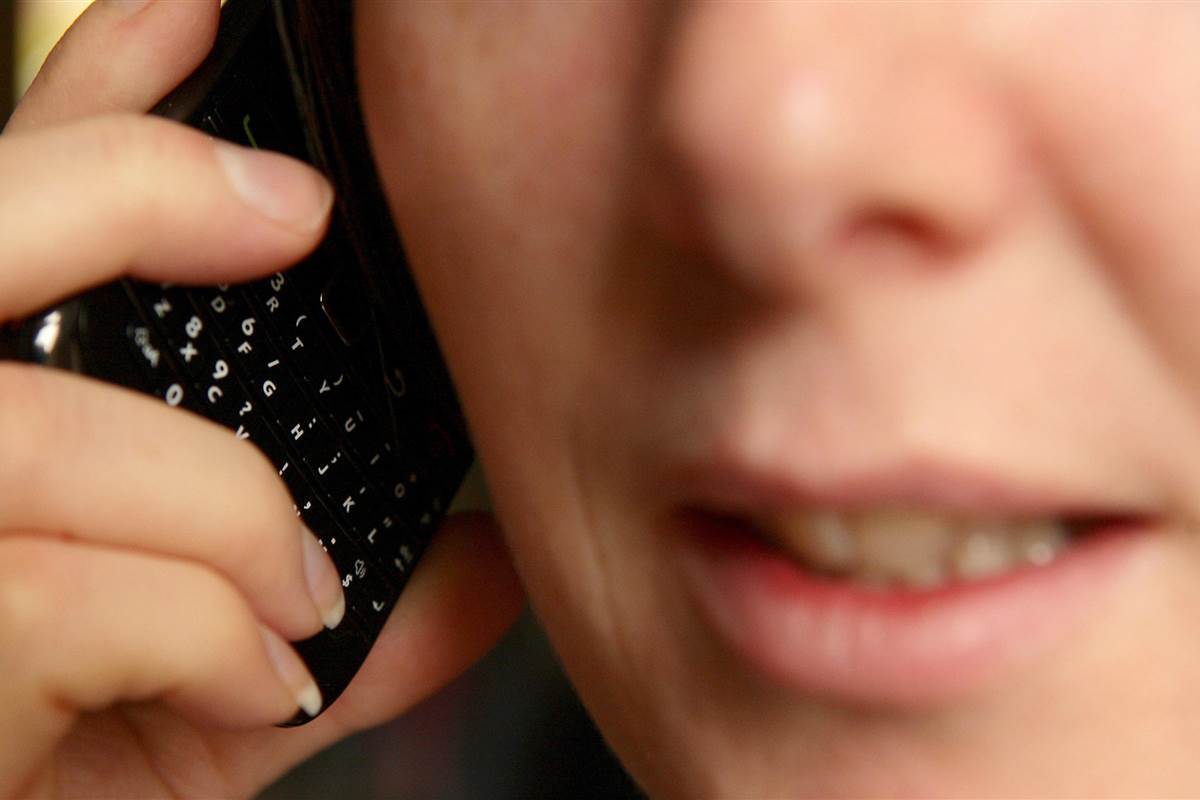
We may be getting more technologically advanced every day, but we still haven’t outgrown (or outsmarted) the age-old nuisance of robocalls. In fact, robocalling is more rampant than ever — and scamming Americans out of billions.
A new study by Truecaller found that in 2016 roughly 22.1 million Americans lost a total of $9.5 billion in robocall scams — far more than in 2015 — with the average loss per person at roughly $430. In 2015, 27 million people reported scams to Truecaller, and though the number of reports was higher than in 2016, the average loss was much lower, at about $274, said Tom Hsieh, VP of growth and partnerships at Truecaller.
Additionally, Hiya, an app that provides caller ID and spam protection services, recorded a 130 percent growth in fraudulent robocalls since 2015.
Millennials Take the Bait
Truecaller determined that millennials are now “the most targeted group,” noted Hsieh, adding that of persons aged 18-34, men reported far more scam incidents than women (33 percent of millennial men versus 11 percent of millennial women).
Hsieh and his team were surprised to see millennials falling for robocall scams. Traditionally, it’s thought that elderly people — attached to their landlines and less prone to doing research online — were the prime targets.
“Our hypothesis prior to conducting the study was that millennials would be less susceptible, being tech savvy — but the victims run the full gamut,” said Hsieh. “Part of that I think is due to the nature of the scam itself. These scams prey on fear that all ages have. They also appeal to the good nature of people. During the Napa Valley earthquake last year, we saw a spike in scam calls pretending to be from local charity organizations.”
Alex Quilici, the CEO of YouMail, which provides voicemail and robocall blocking services, said that he knows a few people who fell for the Microsoft robocall scam that started in 2014 and got so bad, Microsoft itself addressed it.
“People thought it was real, that their computer did have a virus because of course, their computer was running slow,” said Quilici. “Also, the scam websites looked just like Microsoft’s, just with a different URL.”
Robocalling Has Evolved to Mobile, Just Like You
Once the pesky province of landlines, robocalls have made the shift to mobile, just like most everyone else.
“Like the attractiveness of a healthy shark to hungry remora, robocalls and fraudulent phone scams were in many respects inevitable follow-ons to a global commerce shift to digital mobile devices,” said Jason Flaks, senior director of product and engineering at mobile advertising analytics company, Marchex.
Plenty of millennials have eliminated or never had a landline, meaning they’re relying wholly on a mobile number, entering it on countless forms, possibly even on their own website or social media pages.
Related: The FCC Just (Finally) Cracked Down on Robocalls
“If you sell your used bike on Craigslist and you put your phone number on there, you have between 12 and 24 hours before you start to get robocalls,” said Jan Volzke, VP, data at Hiya. “Same goes if you put your number in a Facebook or Twitter post.”
And if your number is San Francisco-based, chances are your robocaller is also San Francisco-based — or so he tries to trick you into assuming.
“If you’re in a 415 area code, they’ll use that area code to target you,” said Volzke. “The [scam artists] use automated platforms to fire out millions of calls from anywhere, either in the U.S or overseas, and all you will see is a local number.”
Not Just Scams, But a Whole Lot of Spam
Volzke told NBC News that Hiya detected 10.2 billion robocalls in the U.S in 2016, and that at least 10 percent (100 million calls per month) were unwanted spam calls. Dear mother of dial tones, why on earth are companies still able to do this to us?
The answer is two-fold: Firstly, it’s really, really cheap to do it; and secondly, once in a blue moon it actually works.
“The business strategy of companies using this technique is similar to email spammers,” said Bob Bentz, president of Advanced Telecom Services. “Since calls are nearly free over the internet, the businesses are hoping for that one rare response that will earn them a profit. I’m sure it is working or they wouldn’t be continuing to do it.”
Some Robocalls Serve a Good Purpose
The very word “robocall” may send chills of irritation down your spine, but it’s important to remember that not all robocalls are bad. In fact, some are genuinely useful.
“Many robocalls, or calls from an auto-dialer, come from legitimate businesses,” said Jim Gustke, robocall expert at Ooma. “A good example is an appointment reminder from your doctor’s or dentist’s office.”
And then there’s the perspective of the small business that may depend on robocalling services because they don’t have enough people to make all the necessary outbound calls.
“Robocalls make outbound telemarketing and debt collection efforts easier for many small businesses who are short-staffed,” said Niquenya Collins, president and CEO of Building Bridges Consulting. “Rather than expending human resources, computerized autodialers do the job of calling potential or existing customers to deliver updates and reminders, gauge interest in new product or service offers, or simply to save time by predetermining if the target party actually picks up the phone before the human representative takes over the call.”
…







